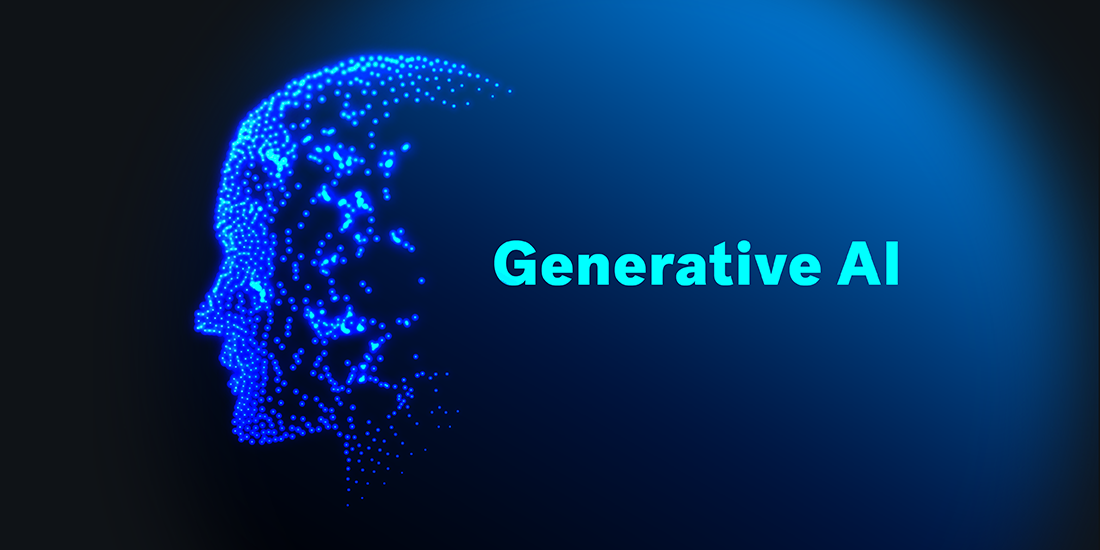An often-overlooked but crucially important environmental issue—Big Tech’s growing water footprint—is coming under more public scrutiny as a result of a global rush to capitalize on the next wave of generative artificial intelligence.
Researchers say the race to profit from the next wave of AI is one of the main causes of the significant increase in water consumption that tech giants, like Microsoft and Alphabet-owned Google, have recently reported.
Shaolei Ren, a researcher at the University of California, Riverside, published a study in April investigating the resources needed to run buzzy generative AI models, such as OpenAI’s ChatGPT.
Depending on when and where the AI model is used, Ren and his colleagues discovered that ChatGPT drinks 500 milliliters of water—roughly the equivalent of a 16-ounce bottle—for every 10 to 50 prompts.
The popular chatbot’s monthly question submissions from hundreds of millions of users serve as a quick example of how thirsty AI models can be.
The authors of the study cautioned that if the increasing water footprint of AI models is not adequately addressed, it may eventually become a significant barrier to the ethical and sustainable application of AI.
“The public is becoming more informed and conscious of the water issue overall, and nobody will be happy if they find out that the Big Tech companies are stealing their water resources and they aren’t getting enough water,” Ren stated.
He continued, “I think there will be more conflicts over water use in the upcoming years as well, so the companies will need to handle this kind of risk.”
Big Tech’s lifeblood is its data centers, which need a lot of water to keep the power-hungry servers cool and functional.





